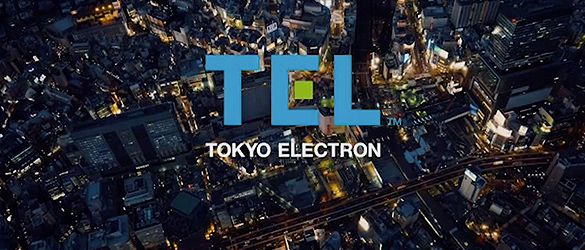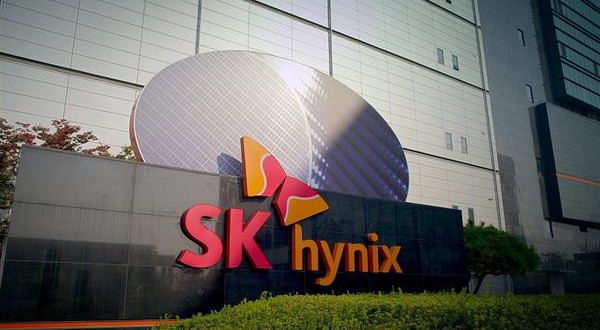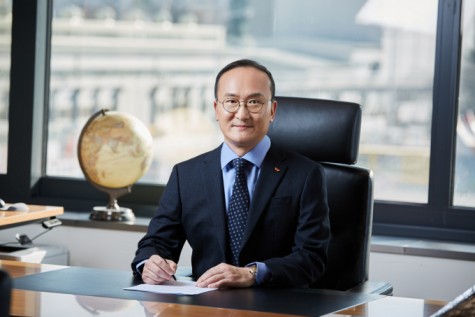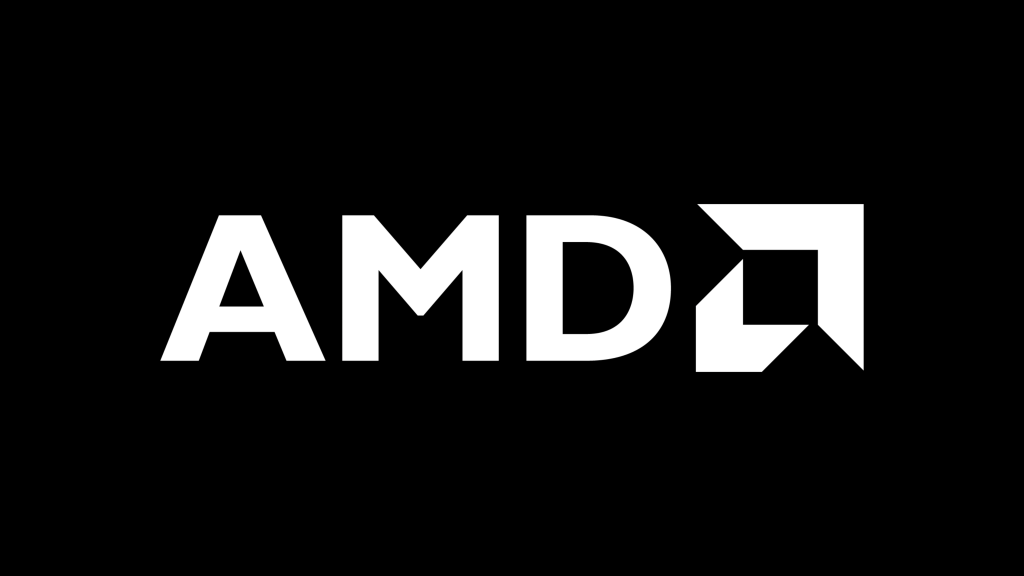ON Semiconductor – The Most Trustworthy Semiconductor Supplier.
ON Semiconductor is one of the few semiconductor distributors in Fortune 500, but it has been relegated to Fortune 1000(512) in 2020, according to recent news. In North America, Europe, and the Asia-Pacific, ON Semiconductor operates a broad network of production facilities. They also operate sales and layout center communities. The headquarters of ON Semiconductors is in Phoenix, Arizona. It is a worldwide leader in semiconductor sales of $3,907 billion (2016).
The Establishment Of ON Semiconductor
In 1999, ON Semiconductor was founded. The company started out in the Semiconductor Components Group of Motorola as the byproduct. Motorola’s discreet, standard analog, and standard logical devices are still produced. The acquisition of Cherry Semiconductor by ON Semiconductors was completed in April 2000. ON Semiconductor acquired AMI Semiconductor in March 2008 at a cost of $915 million. The purchase of Catalyst Semiconductor Inc. by the ON Semiconductor Corporation for $115 million on July 17, 2008, has been announced by On Semiconductor Corporations, Inc. The purchase approval was announced on 9 October 2008 by Catalyst Semiconductor, Inc. The purchase was completed on 10th October 2008 by ON Semiconductor Corporation. ON Semiconductor completed its $17M purchase in November 2009. In July of 2014 (including the settlement of a grant offer for foundries and a permanent agreement whereby ON Semiconductors is a 10 percent partner of Fujitsu’s 8-inch wafer fabric in Aizu-Wakamatsu, Japan) ON Semiconductors and Fujitsu Semiconductor announced a Strategic Partnership. In April 2019, ON Semiconductors acquired the 300 mm manufacturing facility of GlobalFoundries in East Fishkill, New York.
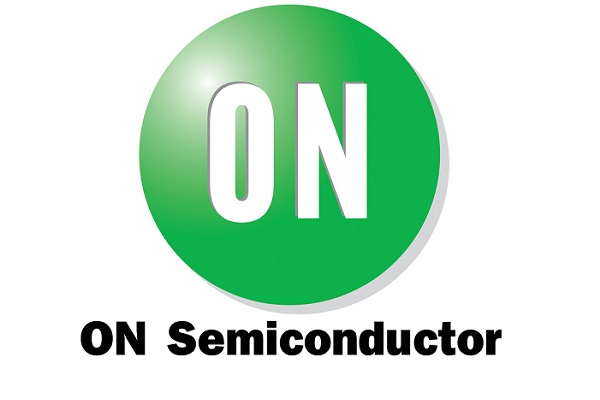
ON Semiconductors Products
In conjunction with digital signal processors, FM receivers, extension controllers, and modulators, ON Semiconductors supplies application-precision Standard Products (ASSP). In addition, they provide a wide range of Digital Signal Processor (DSP) hearing aid structures. The ON Semiconductors HCT CMOS logic family works with 2 to 6 V Vcc, and ESD safety over 3 company standards (HBM, MM, CDM). Inputs compatible with TTL are included in the HCT logic family. The limited portfolio of Fast Switch Technology (FST) switches comes from ON Semiconductor. The ON Semiconductor Bipolar Metal Gate Family has a Vcc-spectrum of 3 to 18 V, work temperature range between -55 to +125 C, and latch-up immunity greater than 500 mA. ON Semiconductor’s VHCT CMOS logic family runs at 2.0 to 5.5 V Vcc and shows delays in propagation of just 3.8 ns. TTL compatible inputs are available in the VHCT logic family. The ON Semiconductors ACT CMOS logic family has a power current of 24 mA and Vcc operates from 3.0 to 5.5 V. The TTL-compatible inputs in the ACT logic family. ON Semiconductor’s AC CMOS logical family has a powerful cutting-edge of 24 mA and Vcc range of 3.0 to 5.5 V. ON Semiconductors supplies a number of 1-gate and 2-gate MiniGate standard logic devices, in superior micro-packages.
Hassane El-Khoury, The CEO
Hassane El-Khoury was appointed as ON Semiconductor and Semiconductor Components Industries, LLC’s president and chief executive officer in December 2020. In the meantime, El-Khoury was President, Chief Executive Officer, and a member of Cypress Semiconductor’s Board of Directors until it was sold to Infineon in April 2020, before becoming an officer of ON Semiconductor.
For 13 years at Cypress, he played numerous roles in the control of business units, product improvement, program engineering, and business improvement. Mr. El-Khoury began his profession as a senior design engineer at Continental Automotive Systems. After moving to the United States from Lebanon, El-Khoury graduated from Lawrence Technological University with a bachelor’s degree and a master’s degree in engineering from Oakland University. He was awarded a Silicon Valley 40 under the age of 40 in 2018 and is now a member of the KeraCel board.
Sherman Fairchild Arthur Rock, The Founder
Rock was born in Rochester, New York, in a Jewish family. He was an only child and his father owned a small sweet keep wherein Rock labored as a youth. He graduated from the University of Syracuse in 1948 with a B.A. from Harvard Business School and received his MA in Business Management in 1951.
Based out of Silicon Valley, California, he was an early investor in most important companies which include Intel, Apple Computer, Scientific Data Systems, and Teledyne. He joined the United States Army all through World World War II however the battle ended earlier than he was deployed. He then went to university at the G.I. Bill. Rock commenced his profession in 1951 as a securities analyst in New York City, after which joined the company finance branch of Hayden, Stone & Company in New York, wherein he centered on raising cash for small high-technology companies.


